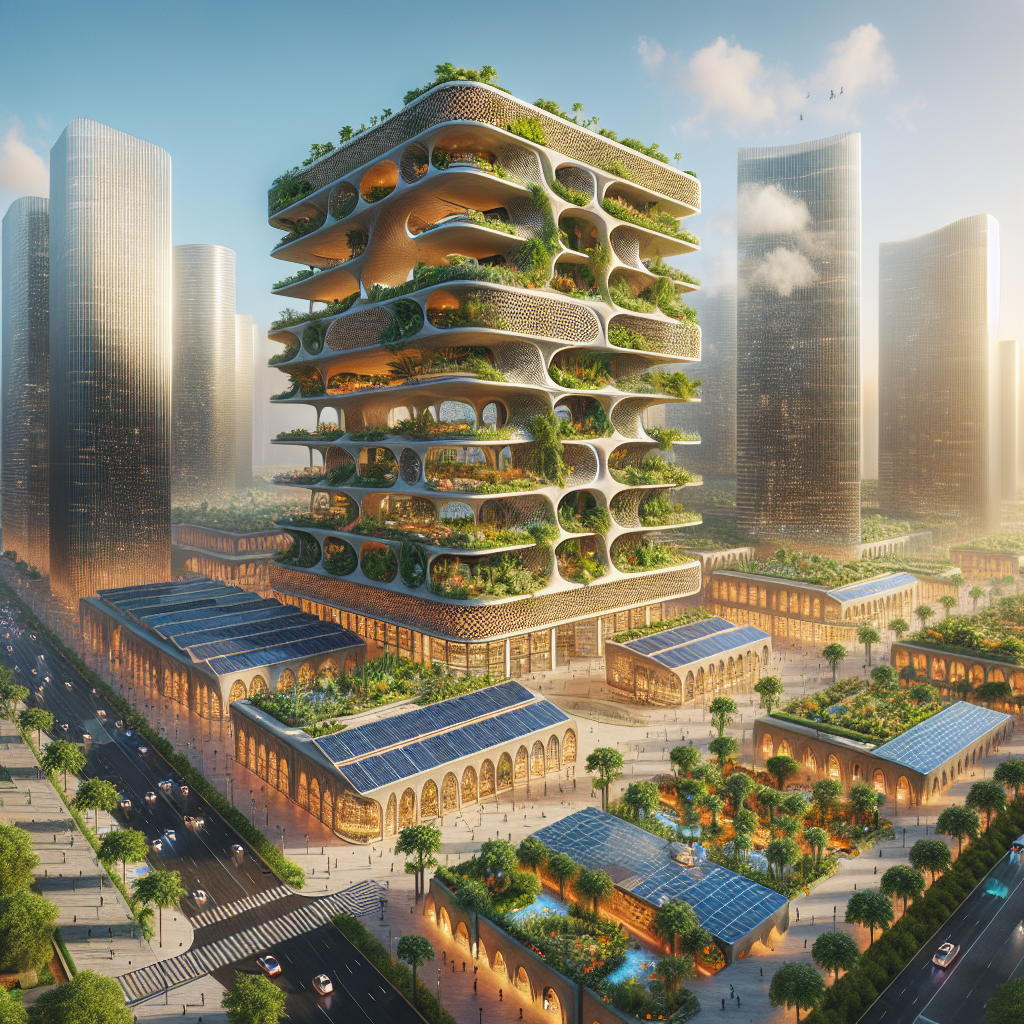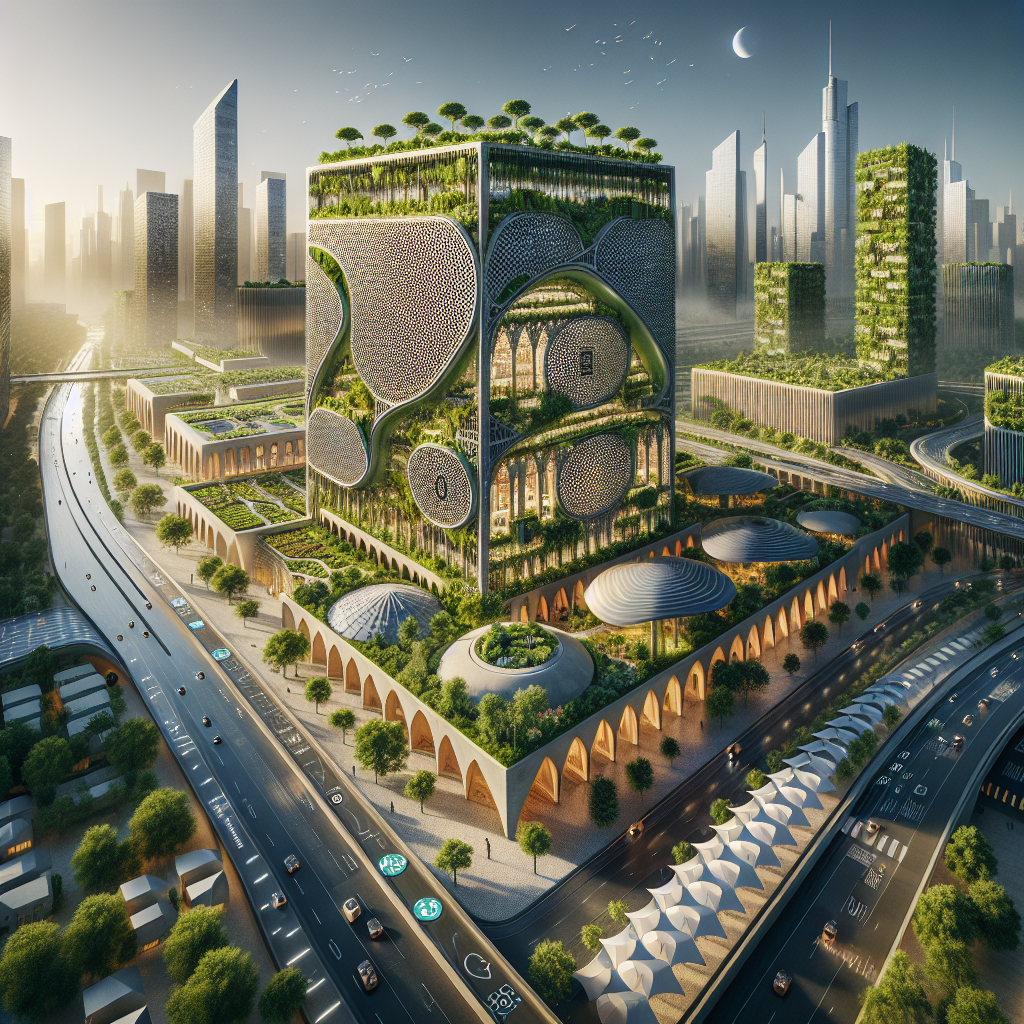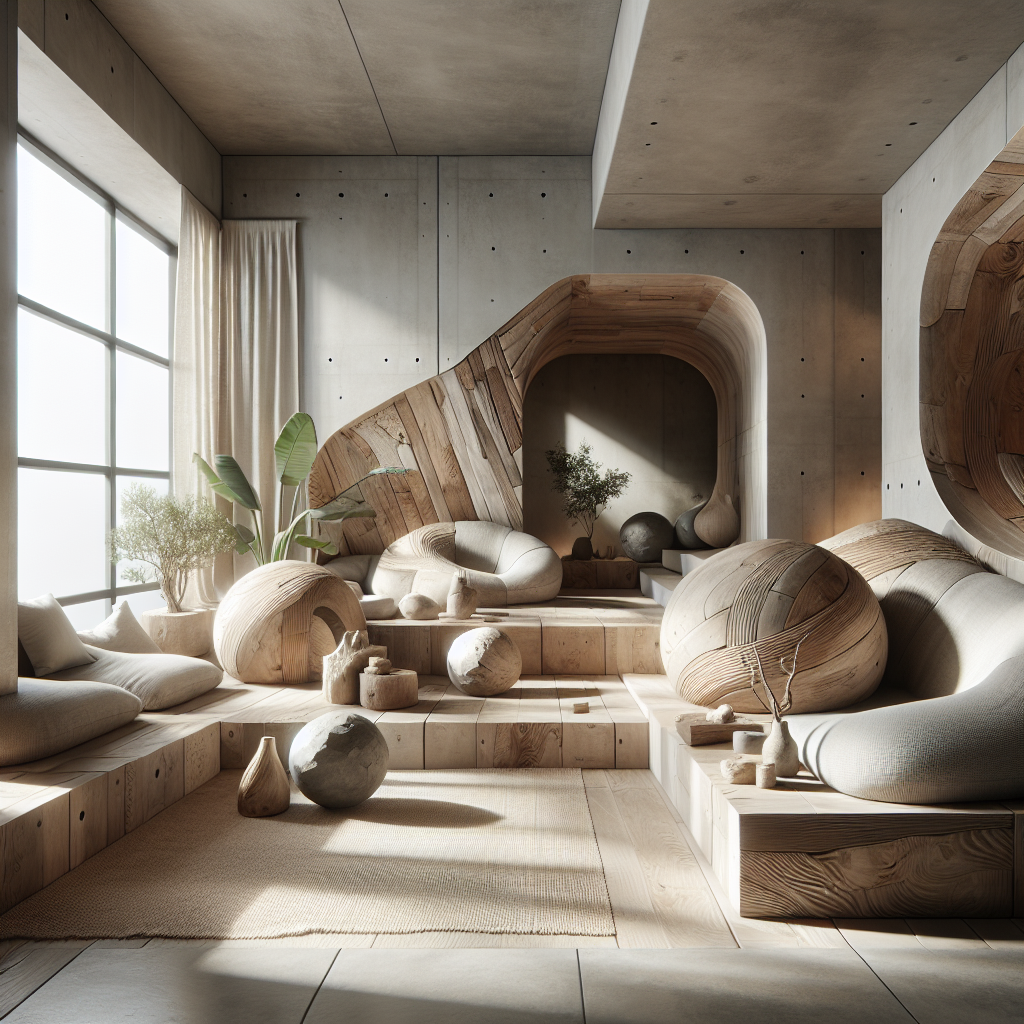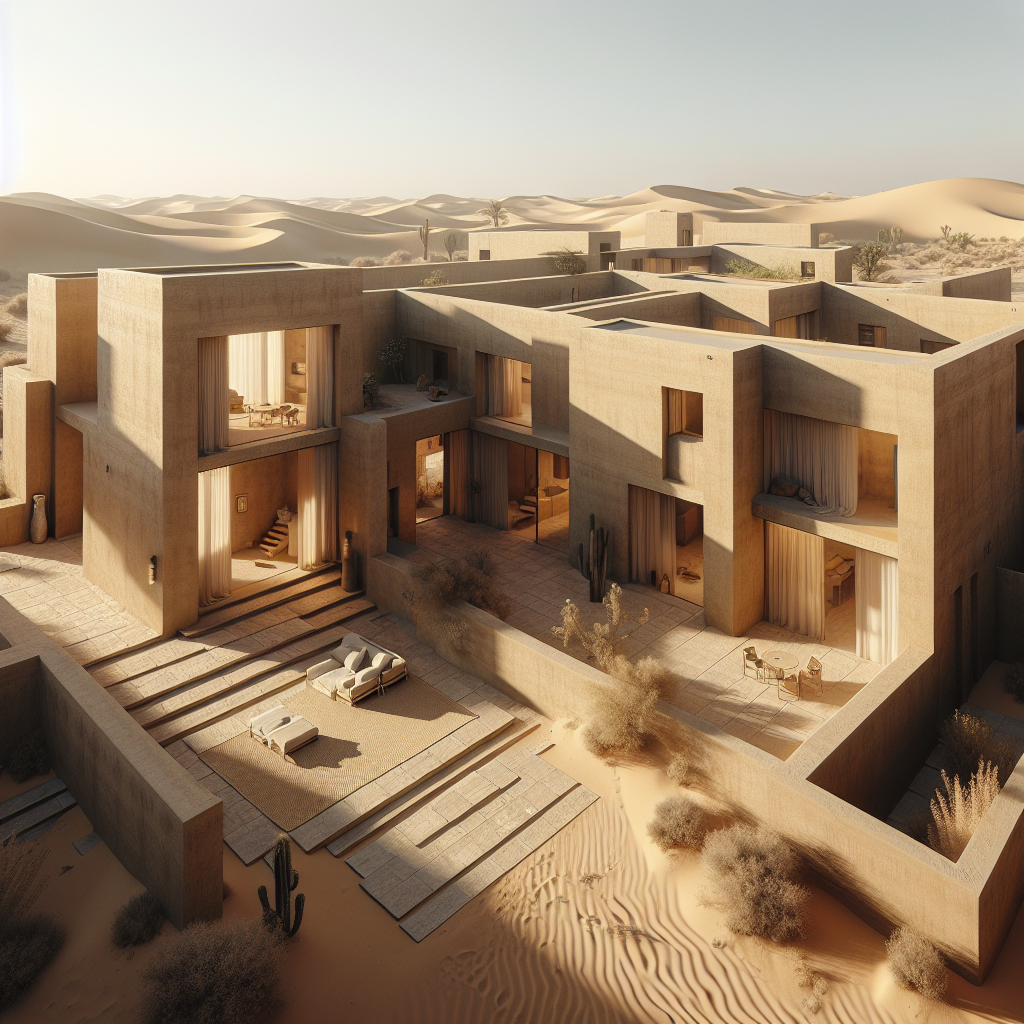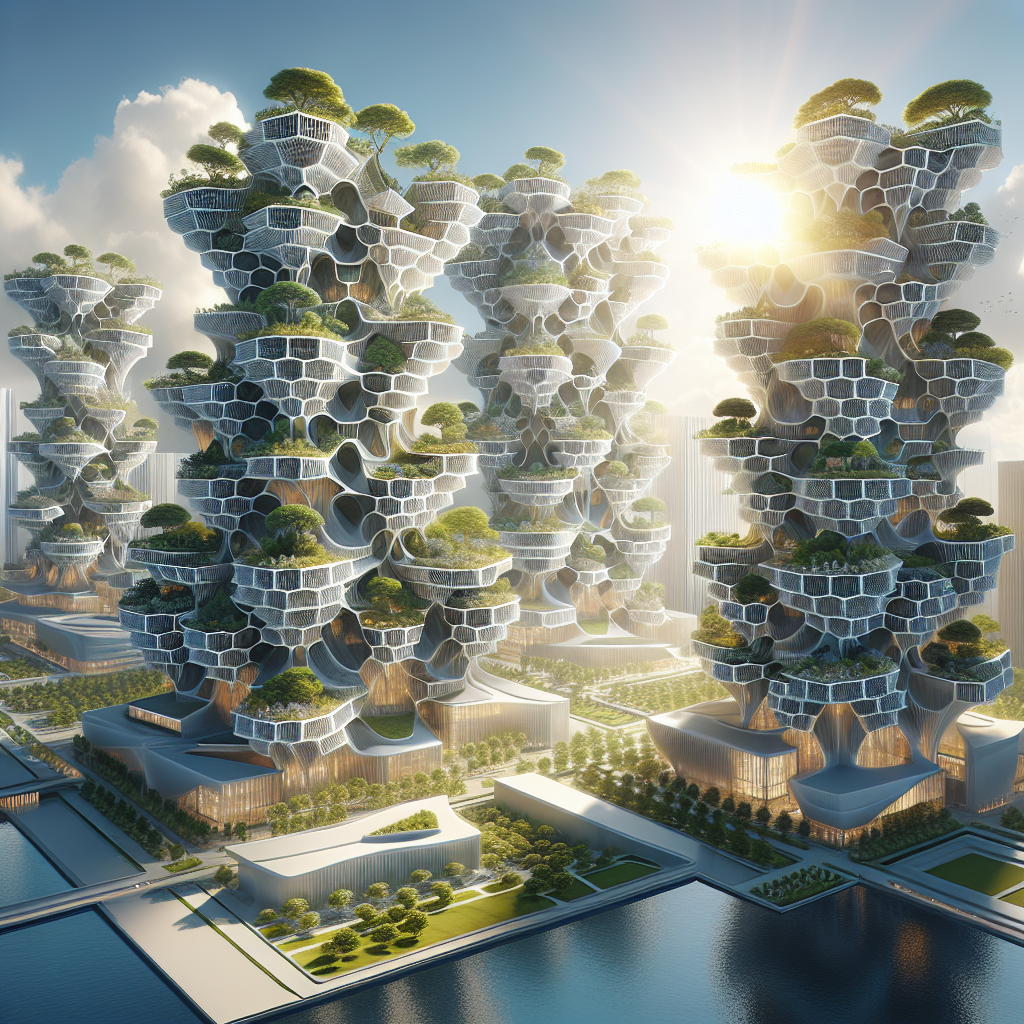Glowing Gardens: Bioluminescent Plants in City Landscapes
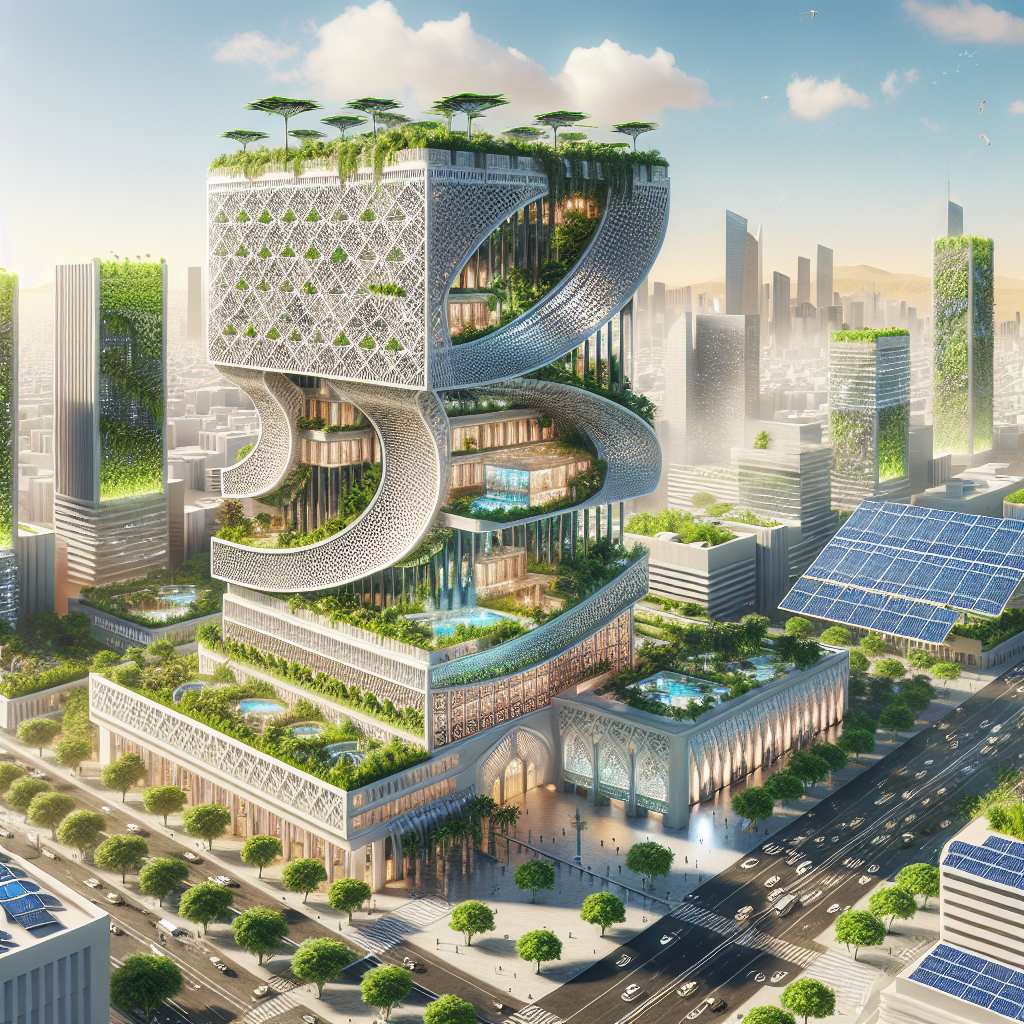
HeatResistant Habitats: Designing for a Warmer Planet
As global temperatures continue to rise, the field of architecture and design is being forced to confront a sobering reality: the future of our built environment depends on our ability to adapt to a warming planet. The challenges posed by climate change are no longer theoretical. They are here, and they demand innovative solutions. Enter the era of heat-resistant habitats, a movement that blends cutting-edge technology, traditional wisdom, and sustainable practices to create structures that can withstand the intensifying heatwaves and extreme weather patterns.
The Science of Heat-Resilient Design
Designing for extreme heat requires a deep understanding of passive solar design, thermal mass, and natural ventilation. These principles are not new, but their application in modern architecture has taken on new urgency. For instance, materials like high-albedo coatings that reflect sunlight, or phase-change materials that absorb and release heat, are being incorporated into buildings to reduce indoor temperatures without relying on energy-intensive air conditioning systems.
Take the example of the Al Bahar Towers in Abu Dhabi. Their dynamic façade, inspired by traditional Islamic mashrabiya screens, adjusts to the sun’s position, reducing solar gain by up to 50%. This innovative approach not only keeps the interiors cool but also significantly reduces energy consumption. Such projects exemplify how architects are rethinking the relationship between buildings and their environments.
Traditional Wisdom Meets Modern Innovation
While technology plays a crucial role, there is much to learn from vernacular architecture. Traditional designs often incorporate features that naturally mitigate heat. For example, the thick adobe walls of Middle Eastern homes or the elevated stilt houses in Southeast Asia are time-tested solutions for thermal comfort. By integrating these age-old techniques with modern materials and technologies, architects can create structures that are both functional and culturally resonant.
In India, the Pearl Academy of Fashion in Jaipur employs a double-skin façade and open courtyards to enhance natural ventilation and reduce heat gain. This blend of traditional and contemporary design principles not only addresses the local climate but also respects the region’s architectural heritage.
Urban Planning for a Hotter World
Heat-resistant design is not limited to individual buildings; it extends to urban planning as well. Cities are increasingly adopting green infrastructure like urban forests, green roofs, and reflective pavements to combat the urban heat island effect. These measures not only lower temperatures but also improve air quality and enhance the overall livability of urban spaces.
For instance, Singapore’s commitment to becoming a “City in a Garden” has led to the integration of vertical gardens and rooftop greenery in its urban landscape. The Supertree Grove at Gardens by the Bay is a striking example of how sustainable urban design can create cooler, more pleasant environments while fostering biodiversity.
On a broader scale, urban planners are rethinking zoning laws and building codes to encourage the development of heat-resilient neighborhoods. This includes mandating the use of reflective materials, promoting the construction of shaded walkways, and incentivizing the adoption of renewable energy sources.
The Role of Smart Technology
Smart technology is another game-changer in the quest for heat-resistant habitats. From smart thermostats that optimize energy use to sensors that monitor indoor air quality, technology is enabling more efficient and adaptive building systems. The Internet of Things (IoT) is also playing a pivotal role, allowing for real-time adjustments to lighting, ventilation, and temperature based on environmental conditions.
For example, the Edge building in Amsterdam, often hailed as the world’s most sustainable office building, uses IoT to create a highly energy-efficient and comfortable environment. Its smart systems adjust lighting and cooling based on occupancy and natural light levels, demonstrating how technology can enhance both sustainability and comfort.
Challenges and Opportunities
While the benefits of heat-resistant design are clear, there are challenges to overcome. The cost of implementing advanced materials and technologies can be prohibitive, particularly in developing countries where the need for such solutions is often greatest. Additionally, there is a lack of standardized guidelines for designing heat-resilient structures, making it difficult for architects and builders to adopt these practices widely.
Yet, these challenges also present opportunities. Governments and organizations can play a crucial role by providing incentives for sustainable construction and investing in research and development. Educational institutions can incorporate climate-responsive design into their curricula, equipping the next generation of architects and designers with the skills they need to tackle this pressing issue.
A Call to Action
The urgency of climate change demands a paradigm shift in how we approach architecture and urban planning. Heat-resistant habitats are not just a necessity; they are an opportunity to reimagine our built environment in ways that are more sustainable, resilient, and harmonious with nature. As we move forward, collaboration between architects, engineers, policymakers, and communities will be essential in creating a future where our homes and cities can thrive, even in the face of rising temperatures.
For more insights on sustainable design and architecture, explore related articles on Manifesto’s sustainable design section, or delve into the principles of biophilic design to understand how nature-inspired solutions can transform our living spaces. Together, we can build a world that not only survives but thrives in the face of climate change.

